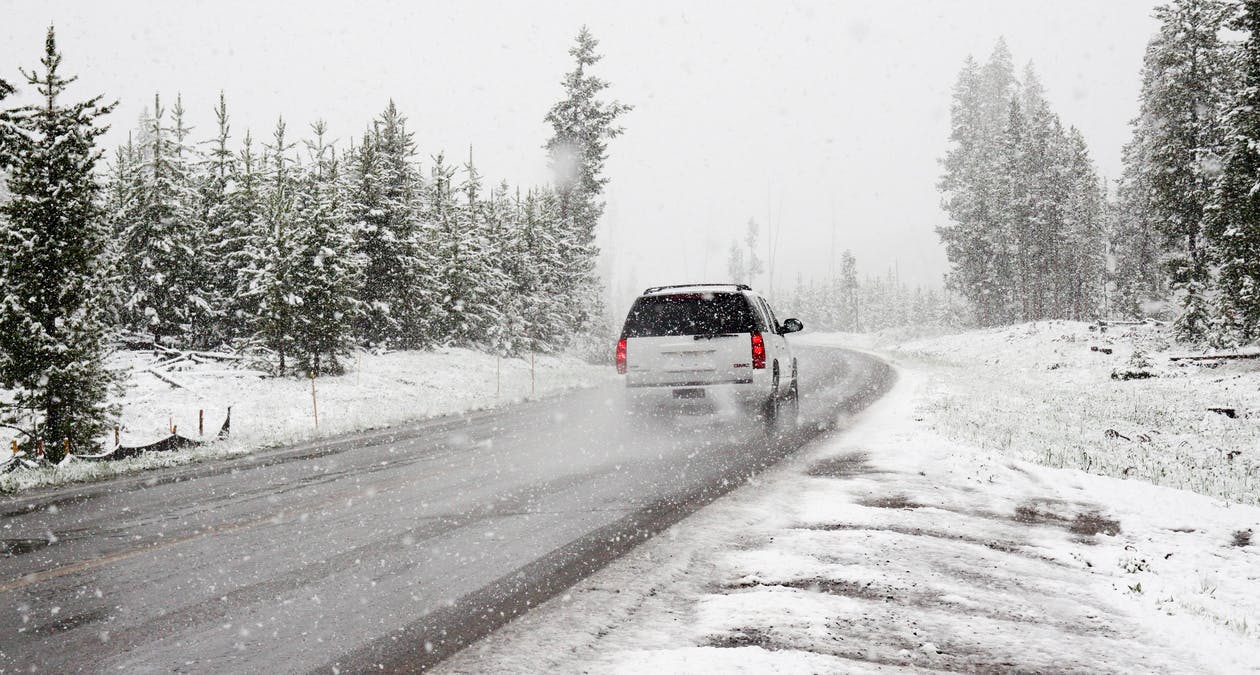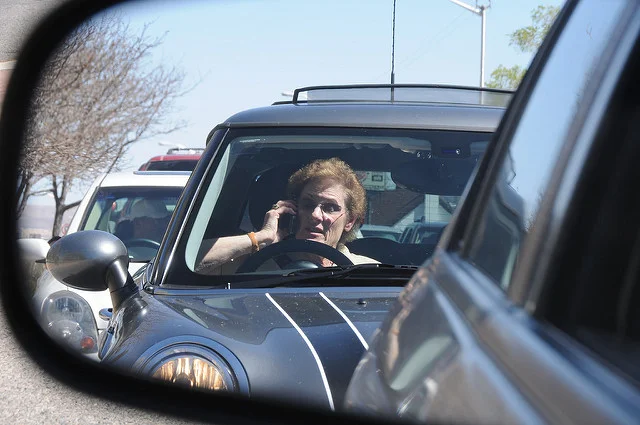A Michigan woman has passed away after being hit by a car in a grocery store parking lot outside of Muskegon, Michigan. According to the Detroit Free Press, Betty Jean Wolovek, 82, was struck by a vehicle in the parking lot of E&A Grocery on East Apple Avenue in Egelston Township, Michigan. The accident occurred on Thanksgiving Day, November 23, 2017, at around 10:30 AM. She was taken to Mercy Health, where she died from her injuries.
The car accident is still under investigation. Currently, Muskegon police have not released any details about the driver or if any criminal charges have been filed. According to Wolovek’s son, she was hit by a female driver who remained on scene until the police arrived. He believes the driver was backing up when she hit his mother.
Parking lot accidents are unfortunately common in the United States. According to the National Safety Council (NSC), an average of 50,000 accidents occur each year in parking lots and garages. Parking lot accidents result in about 500 deaths and 60,000 injuries each year. And since traffic deaths on highways and surface roads have been rising in recent years, it’s likely that the number of parking lot accident deaths may rise too.
A survey done by the NSC in 2016 found that 66% of drivers admit to making phone calls while driving in parking lots, and 56% admit to texting. Drivers also admitted to programming their GPS, sending or receiving emails, taking photos or watching videos, using a smartphone, surfing the internet, and video chatting, all while driving in parking lots.
Deborah A.P. Hersman, president and CEO of the NSC, said that, "Parking lots are intense driving environments that require both drivers and pedestrians to pay close attention...It is discouraging that so many drivers are willing to add distractions to that mix. When you're in a parking lot, you need to be hyper-vigilant to the risks surrounding you – just because speeds are lower doesn't mean you are safe." To help prevent car crashes, the NSC provides the following tips for drivers while in parking lots.
Parking Lot Driving Safety Tips
- Stay in lanes and avoid cutting across lots.
- Drive slowly and use directional signals.
- Anticipate the actions of other drivers.
- Obey stop signs and no-parking signs.
- When backing out, be mindful of vehicles and pedestrians.
- Watch for small children and parents with baby strollers.
It’s not just drivers who need to remain vigilant and free from distractions while in parking lots, however. From 2001 to 2011, more than 11,000 pedestrians were seriously injured because they were distracted by phones. The National Highway Traffic Safety Administration (NHTSA) notes that like traffic deaths, pedestrian accident deaths are also on the rise. Pedestrian deaths jumped 9% from 2014 to 2015, and are at the highest number they’ve been since 1996. When walking through a parking lot, pedestrians need to put the phone down, and be aware of vehicles that could start backing up at any moment.
Drivers and pedestrians must work together to car accidents in parking lots. Pedestrians need to stay away from their phones and any other distractions while walking to and from their cars, and be on the lookout for cars with their brake lights on, or any other signal that a car may be about to move. Drivers should program their GPS, send emails, make phone calls, and do whatever else they need to do while their car is in park and not moving - not while driving. When backing out of a parking space, drivers should check and double check for pedestrians, shopping carts, and any other hazards that may be their way. Parking lots may not seem as dangerous as highways, but distracted driving accidents can happen anywhere, and drivers should always know how to be safe avoid car accidents.
Parking lot accidents may not receive as much attention as high-speed car crashes on the freeway, but the truth is that car collisions can happen anywhere. If you have been involved in an automobile accident, call The Michigan Law Firm, PC at 844.4MI.FIRM for a free legal consultation.


















































